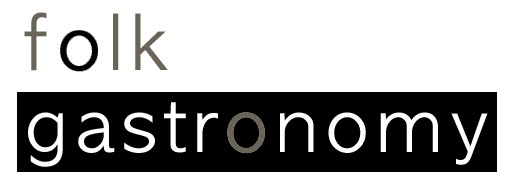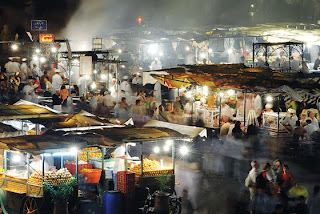[image: djemaa el fna, marrakesh where, by nightfall, food vendors replace berbers dancing around cobras and the sublimations of snake oil merchants, condensing into stalls where chefs form the nucleus of the diversity of edible interactions. it is in the evening that the senses reach their apogee in marrakesh]
marrakesh is an ancient city whose main plaza and evening market, djemaa el fna, is surrounded by a disorienting labyrinth of street, alley, and souk- large, enclosed marketplaces. there exists two distinct categories of market in marrakesh, the permanent and impermanent, the open and the closed- with both occupying space in the city's temporal fingerprint. where the permanent, enclosed souk in the streets and alleys feel admittedly like a distorted, non-euclidean maze irreduceable to a series of points on the city's plane, the impermanent are under the sunlight of the plaza, observable from the surrounding balconies- lucid moments to be enjoyed concurrently.
[image: the gaucho, 2006 | the lath-like roof of the main souk in marrakesh. the fenestrations of wood and tin traverse the alley from one building to another, casting light against shadow and affording respite from the sun]
pleasure in the souk is found in the shadows, where the intersections of light and dark illuminate the geomancies of commerce, where the chartesian labyrinth is embedded within the city itself, where noticeable interactions with architecture occur, and where the fragments of sunlight make light discreet- a granular synthesis of continuity and uniformity in a built landscape of mystery and discovery.













,_01.jpg)

